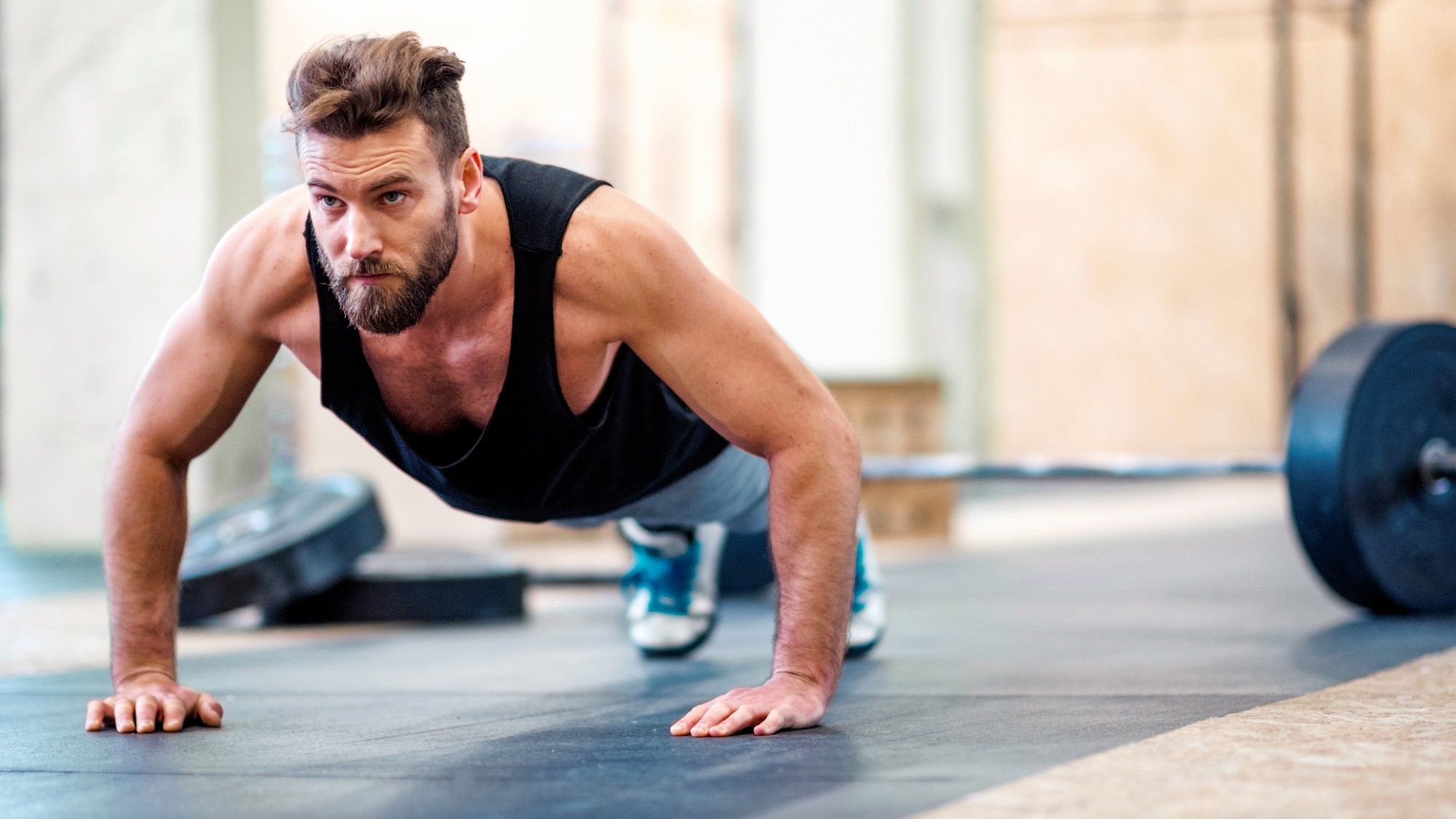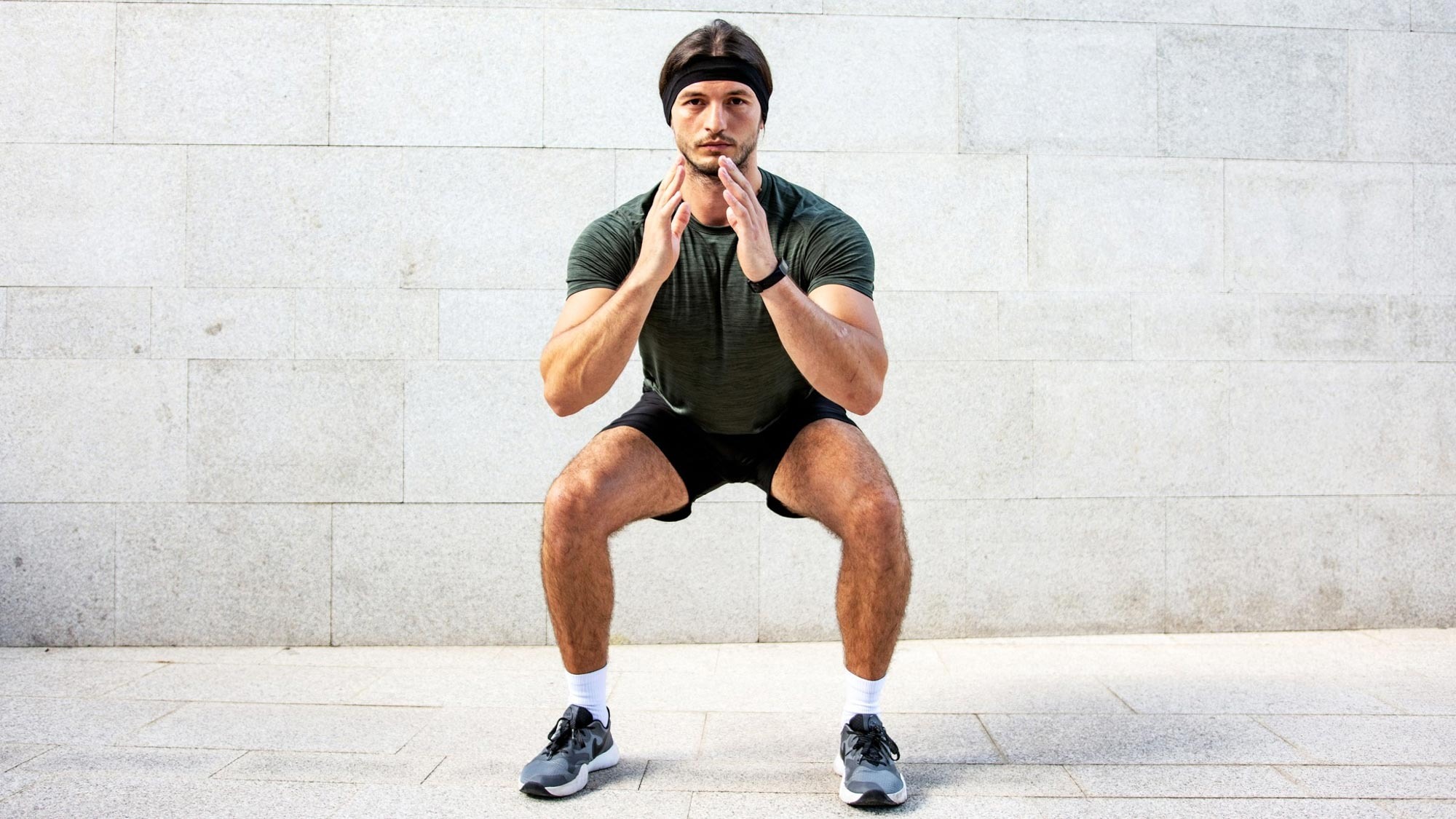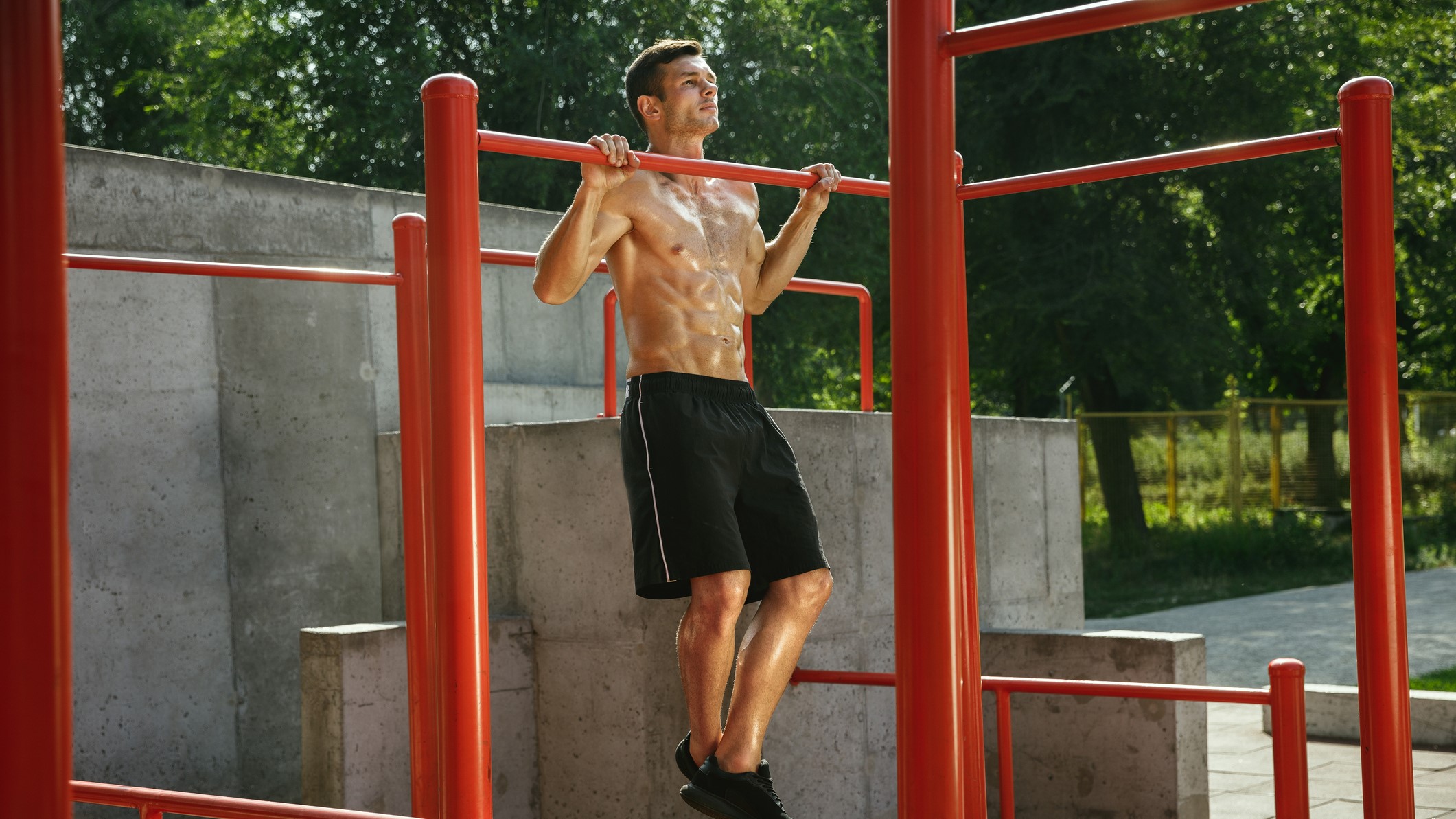
The term “calisthenics” encompasses anything from gymnastics to straightforward bodyweight training. Given that this is something I often explain to clients, it made me realize the concept is still relatively new as a training method for many, despite being around for a very long time.
With that in mind, I thought I’d summarize a few things I wish I had known as a calisthenics beginner, which might be helpful if you’re just being introduced to calisthenics training for the first time — arguably the most functional training method out there.
Best of all, if you decide you want to give it a try after reading this, I include some calisthenics beginner workouts below and the best moves to get you started — you don’t need any equipment, either, unless you want to roll out one of the best yoga mats.
What is calisthenics?
Calisthenics simply means strength training using your body weight rather than external loads like barbells, gym machines, or free weights, for example. Instead, you’ll use your own weight as a form of resistance, performing compound exercises that work multiple muscles and joints at the same time.
The great news is that you don’t need any equipment, but you could choose to add push-up and pull-up bars, staircases, or even your local park to work with. A simple circuit including push-ups, planks and squats can be considered a basic form of calisthenics, as can more advanced gymnastics like muscle-ups, handstands, planches, pikes and ring dips.
There’s a whole repertoire of exercises you can learn, depending on your ability, and calisthenics also helps build relative strength — how strong you are compared with your weight.
On the surface, it sounds like an effective way to train without weights — and it is — but there are a few things I wish I'd known when I first started with bodyweight strength training.
1. Calisthenics doesn't need to be “advanced”

“Advanced” is subjective in the world of fitness, so what might be considered entry-level for some might be incredibly challenging for others, and vice versa. I know people who can kick up into handstands without even thinking, yet struggle heavily with squat mechanics. I know lifters who can smash a 350lb deadlift, yet find burpees exhausting.
There are different types of fitness, and calisthenics training can encompass many. So, if you’re not into animal flow routines or gymnastics, there are still plenty of calisthenics workouts to try.
For example, a calisthenics coach says these 12 moves build full-body functional strength and a stronger core, and another coach recommends this 20-minute workout to boost fitness.
I also spoke with a calisthenics instructor for Tom’s Guide a while back, who exclusively shared a 4-move workout to build muscle and endurance if you're new to this training concept.
2. Bodyweight training isn't a regression

Annoyingly, and for a long time, bodyweight training has held status as a regression to lifting weights. Yes, it can be used that way, but it doesn’t have to be. In fact, I put together ways to build muscle without lifting heavier weights to drive this point home.
Bodyweight training taps into functional fitness, which means it incorporates movement similar to our natural, daily movement patterns — pushing, rotating, pulling, squatting, jumping, throwing, or lunging. Its a fantastic way to increase overall foundational strength and improve the quality of your movements.
That’s why animal flow — a form of bodyweight exercise that replicates animalistic movement patterns — is so popular. It’s also incredibly challenging, yet only requires your body weight to improve flexibility and mobility and build stronger joints, bones and muscles.
Besides, bodyweight training focuses mostly on compound (multi-muscle) exercises, so you’ll also be more efficient when you move, hitting more muscles than you would if you isolated body parts (read: isolation vs compound exercise for more on the differences between the two styles).
So if you're thinking of giving a bodyweight workout a try, there are still endless ways to make it challenging without weights.
3. It’s effective at building core strength

If even the best ab workouts aren’t your thing (me neither, and I just don’t have the capacity to build regular abs training into my current schedule), calisthenics workouts are an effective and efficient way to develop a strong, stable core.
We spoke to Jase Robinson, a calisthenics coach, who tells us: “The great thing about calisthenics is that there’s a low access level but huge depth that you can go into…calisthenics is the most versatile way to train and the best route to gain some crazy gymnastic superpowers.”
Thankfully, your core is the foundation of all movement, especially when exercising with your body weight like during gymnastics, so there is plenty of core strength to be gained.
Robinson discusses the importance of compound contraction; this means contracting every muscle you can simultaneously like you would during a plank hold or handstand while using the three Bs — back, bum and belly.
It helps people focus on “bigger muscle areas while subconsciously contracting all the smaller supporting muscles.” Your core muscles are integral here, as they drive movement while helping to support and stabilize your spine and pelvis, protecting you from injury.
Consciously contracting muscles as you move strengthens the neurological system, too, improving the mind-body connection and the ability of your brain and muscles to communicate while you exercise. Again, your core is crucial, as you need to be able to activate these muscle groups on demand during movement to keep you safe.
At the heart of it, your body weight drives movement during calisthenics routines, helping you burn calories, build muscle, and improve strength, endurance, balance and coordination. It’s a great way to become a more robust, mobile athlete, which I wish I had known sooner!







